Measures are being put in place to help protect Scotland’s precious seabird colonies from the threat of bird flu this summer.
Avian influenza has caused widespread chaos for wild bird species like gannet, geese and great skua over the past year.
As species begin returning to our coastlines to breed, conservationists up and down the country are “anxiously” waiting to see how many come back, so they can find out how much the virus has impacted populations of already struggling birds.
How has bird flu affected Scotland’s wild birds?
Since late December, the number of sick and dead birds reported through Nature Scot’s early warning surveillance network has totalled 2,800 birds across 50 species.
Nature Scot can’t say with 100% certainty that all of the birds had avian influenza, but the 2,800 reported will only be a relatively small proportion of the overall mortality, as many dead birds will never have been found or reported.
Barnacle geese that winter on Islay have been particularly impacted by the virus.
Just under 1,200 deaths were recorded, and local population counts suggest actual losses of at least 5,000 birds.
Other species which have had widespread deaths include herring gulls, pink-footed geese and mute swans.
What’s being done to protect Scotland’s birds from flu?
Nature Scot and its partner organisations have already taken a range of actions to safeguard Scotland’s seabirds and other wild birds from the virus.
These actions include:
- Setting up a network of rapid responders, people with suitable personal protective equipment like gloves and masks to collect samples where outbreaks are suspected
- The expansion of the existing surveillance network, so conservationists can better understand the impact of bird flu on seabird colonies and shore birds.
- Antibody testing of Svalbard barnacle geese to better understand any viral resistances that may have developed in the species.
- An RSPB-led programme of seabird monitoring, designed to measure the scale and impact of avian influenza on Scotland’s breeding seabirds.
Further monitoring will be done along with other work this upcoming 2023 breeding season.
Conservationists ‘waiting anxiously’ for breeding seabirds
Eileen Stuart from Nature Scot said: “Like many, we are waiting anxiously for our breeding seabirds to return so that we can begin to assess how the populations are faring after last year’s devastating outbreak.
“Over the winter we have seen a mixed picture, with some geese faring well and other populations suffering.
“The work we are doing on sampling will help us better understand why this might be the case, and whether immunity or resistance is building up in different populations.”
Jesus Gallego, Scotland’s deputy chief veterinary officer, said: “We know Scotland’s seabird populations were affected by avian flu last year.
“What is not yet clear is the full extent of the impact the virus has had.
“We will continue working closely with Nature Scot and our other partners to ensure that effective monitoring of species remains in place during the forthcoming breeding season.”
The public should not touch dead or sick birds unless they are wearing protective clothing and know how to use it.
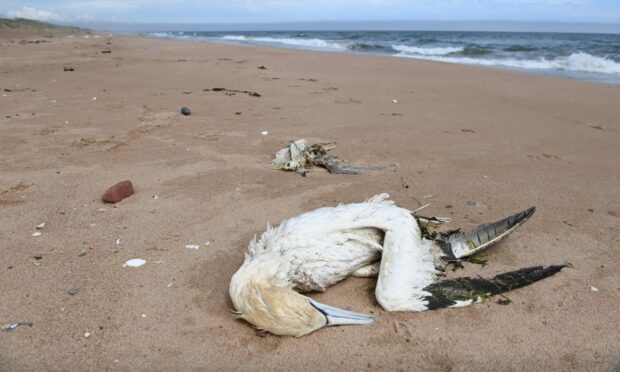
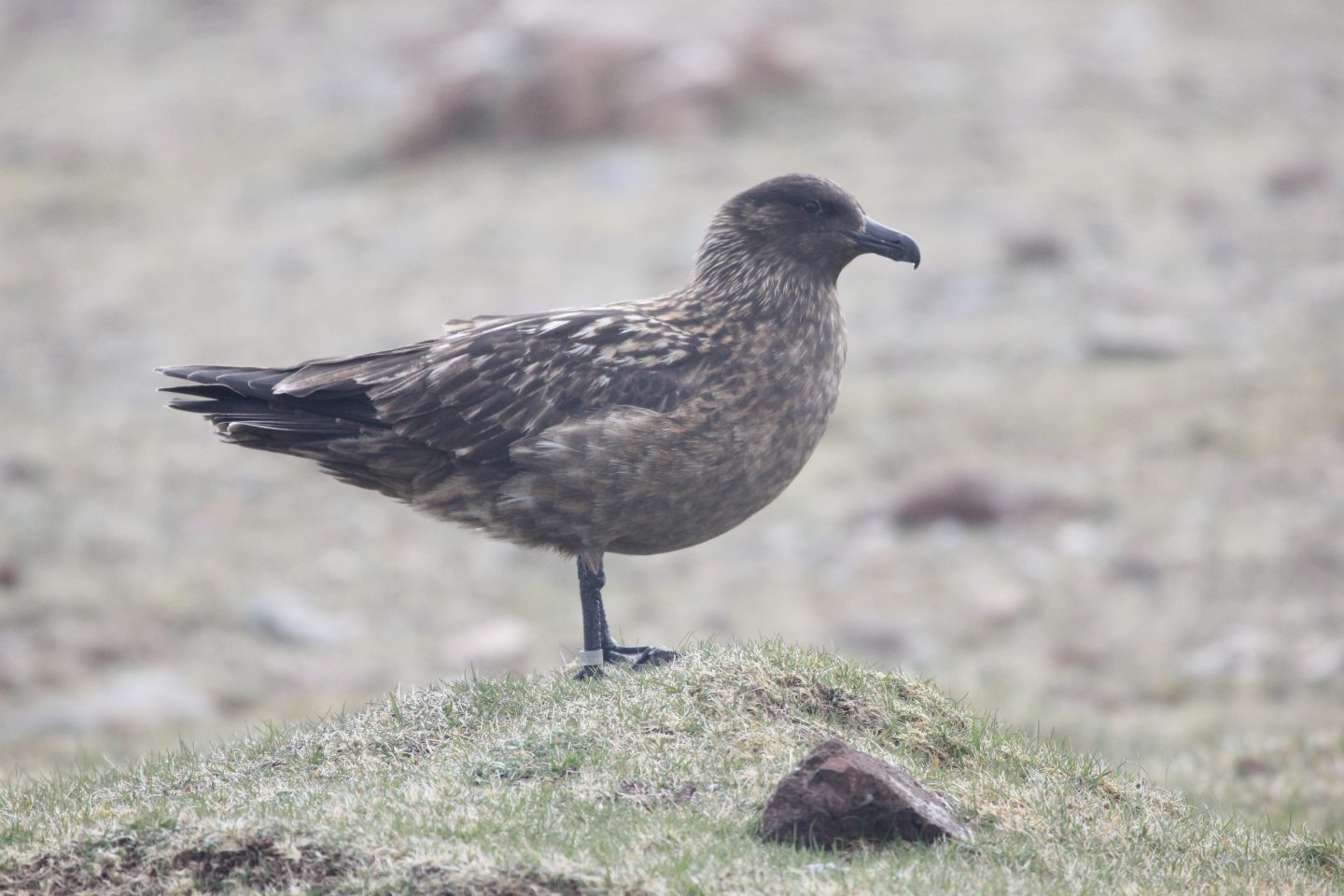
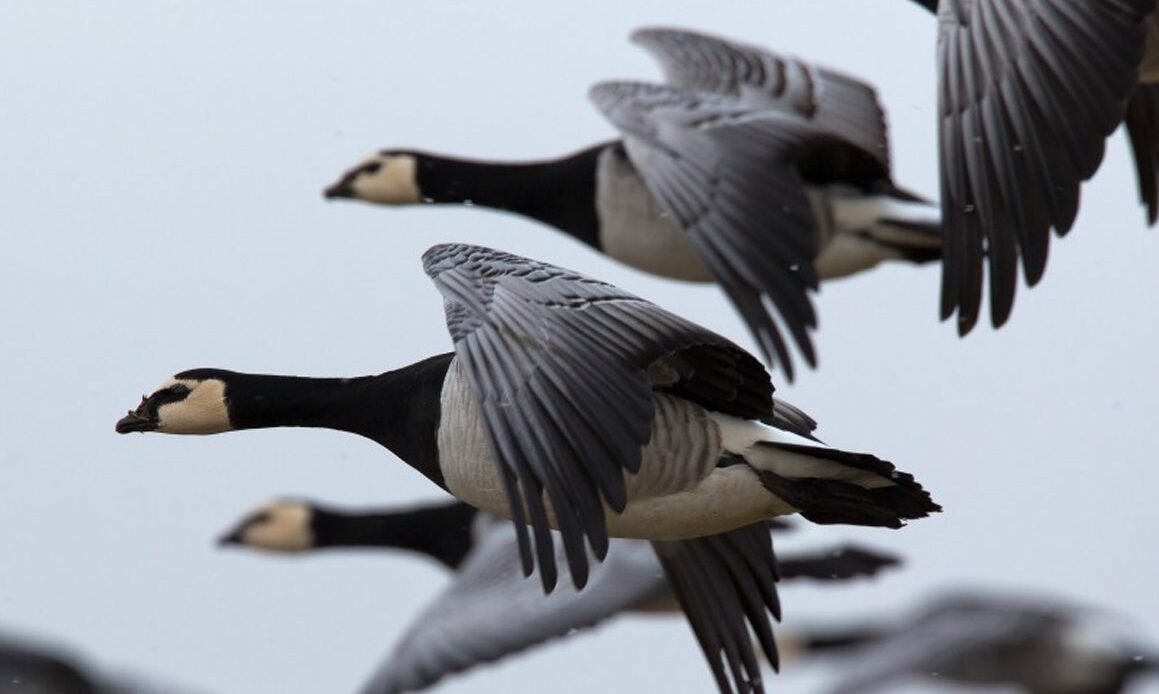
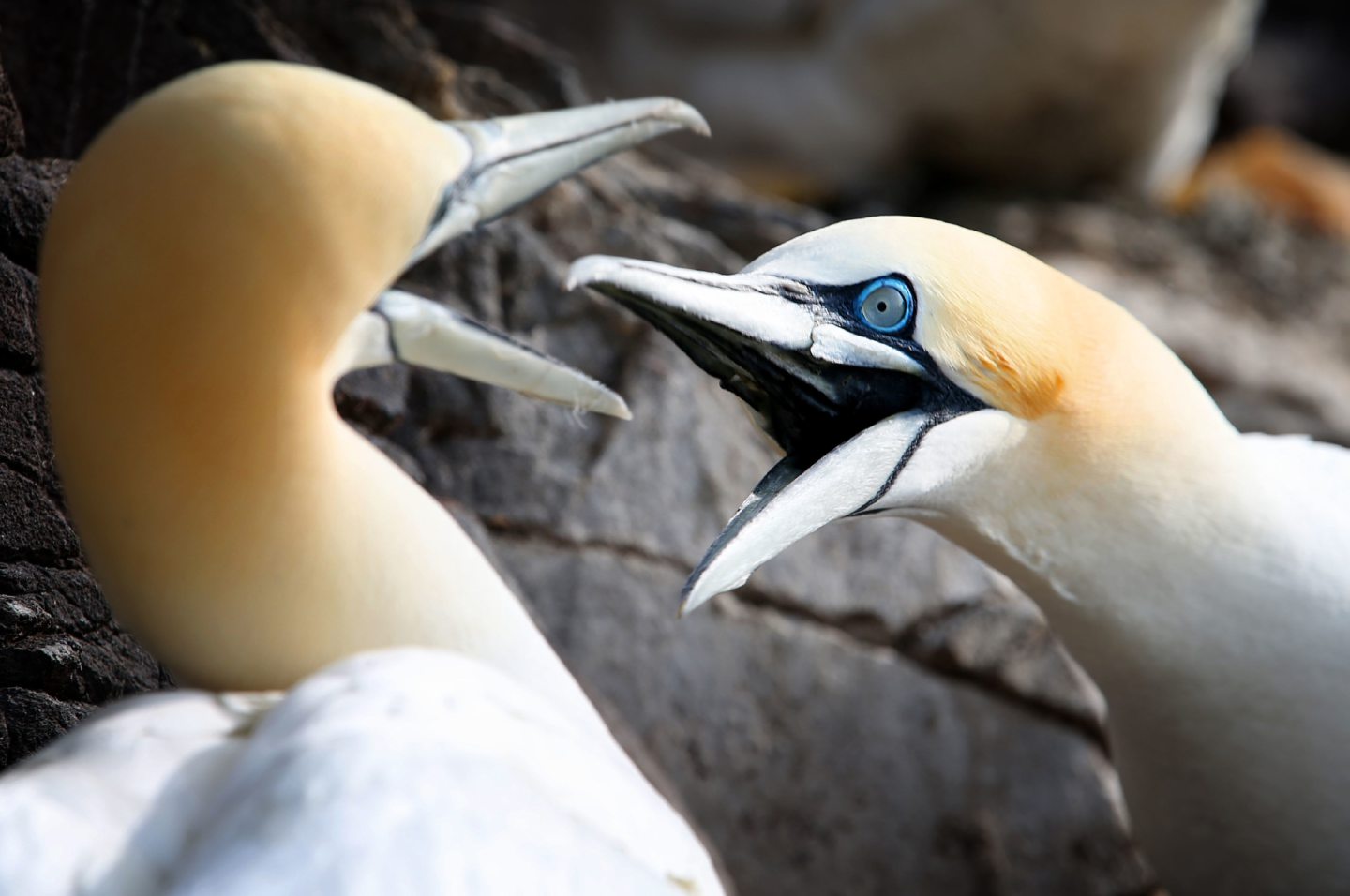

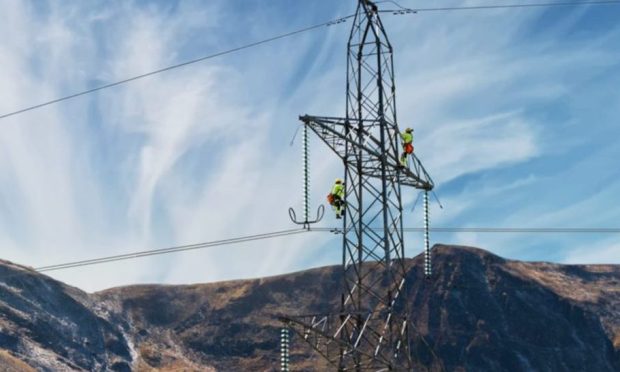

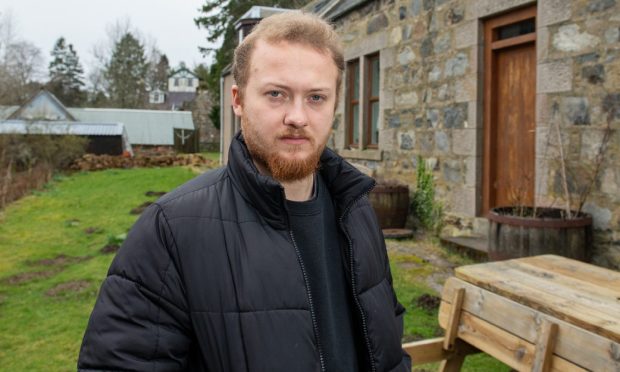







Conversation